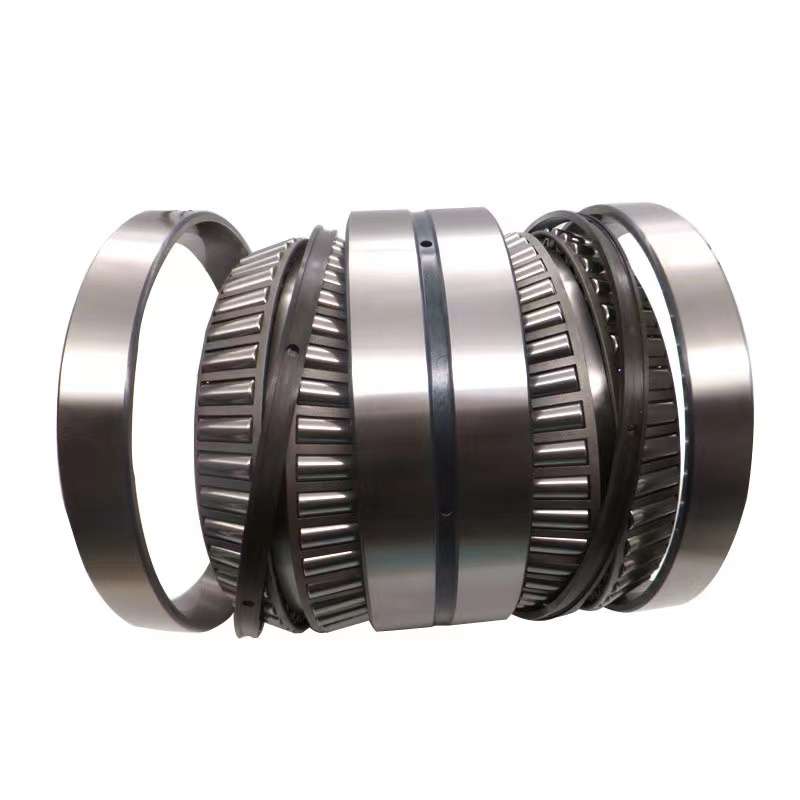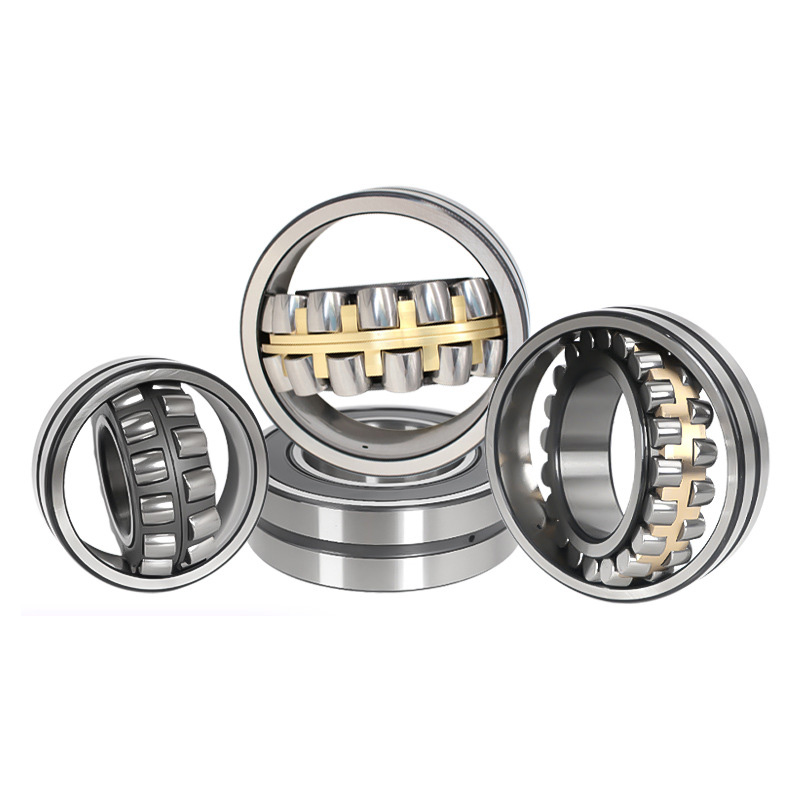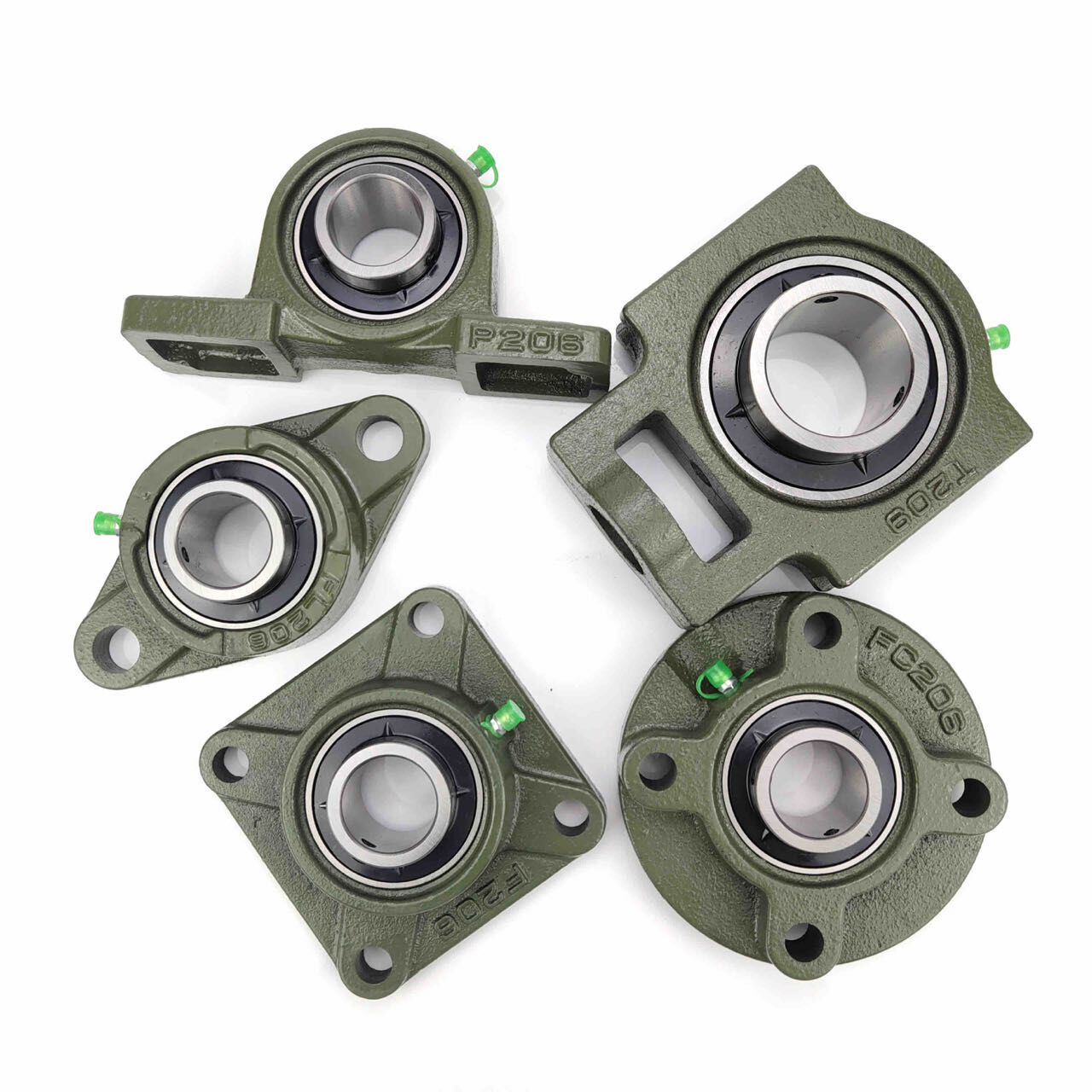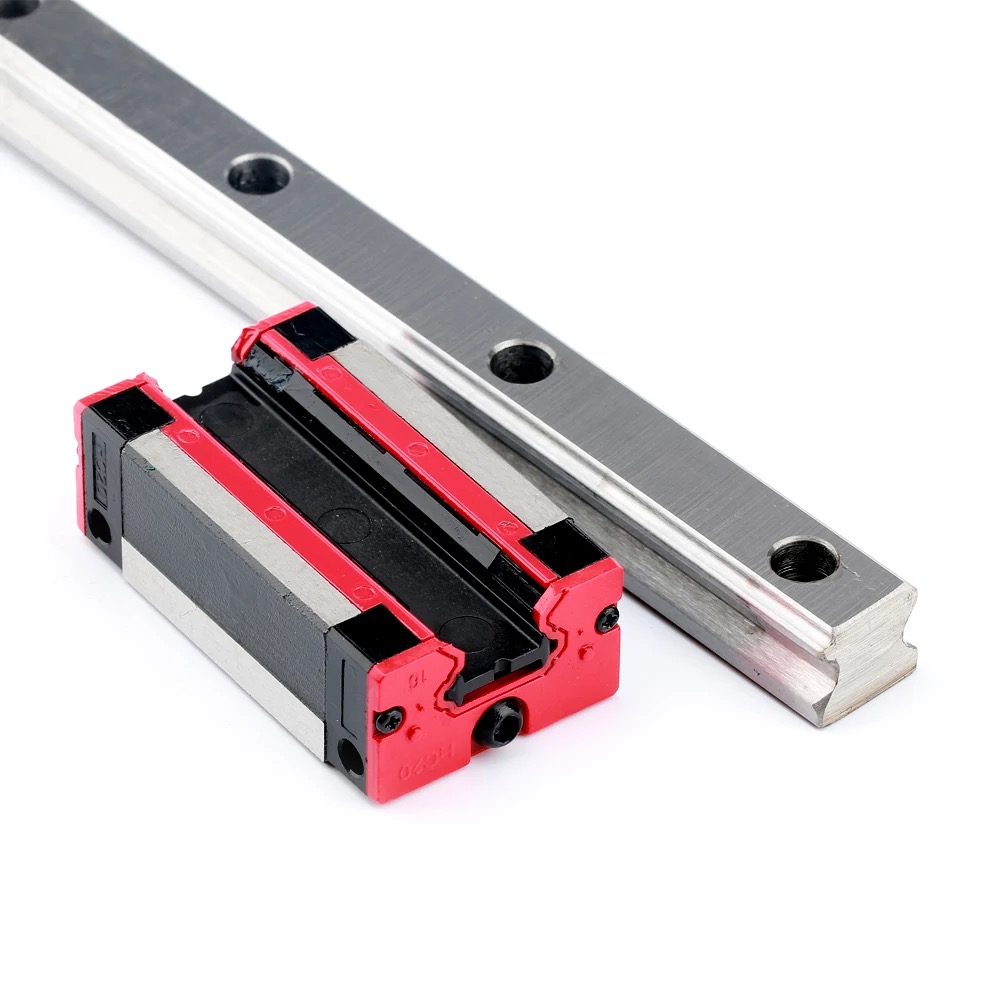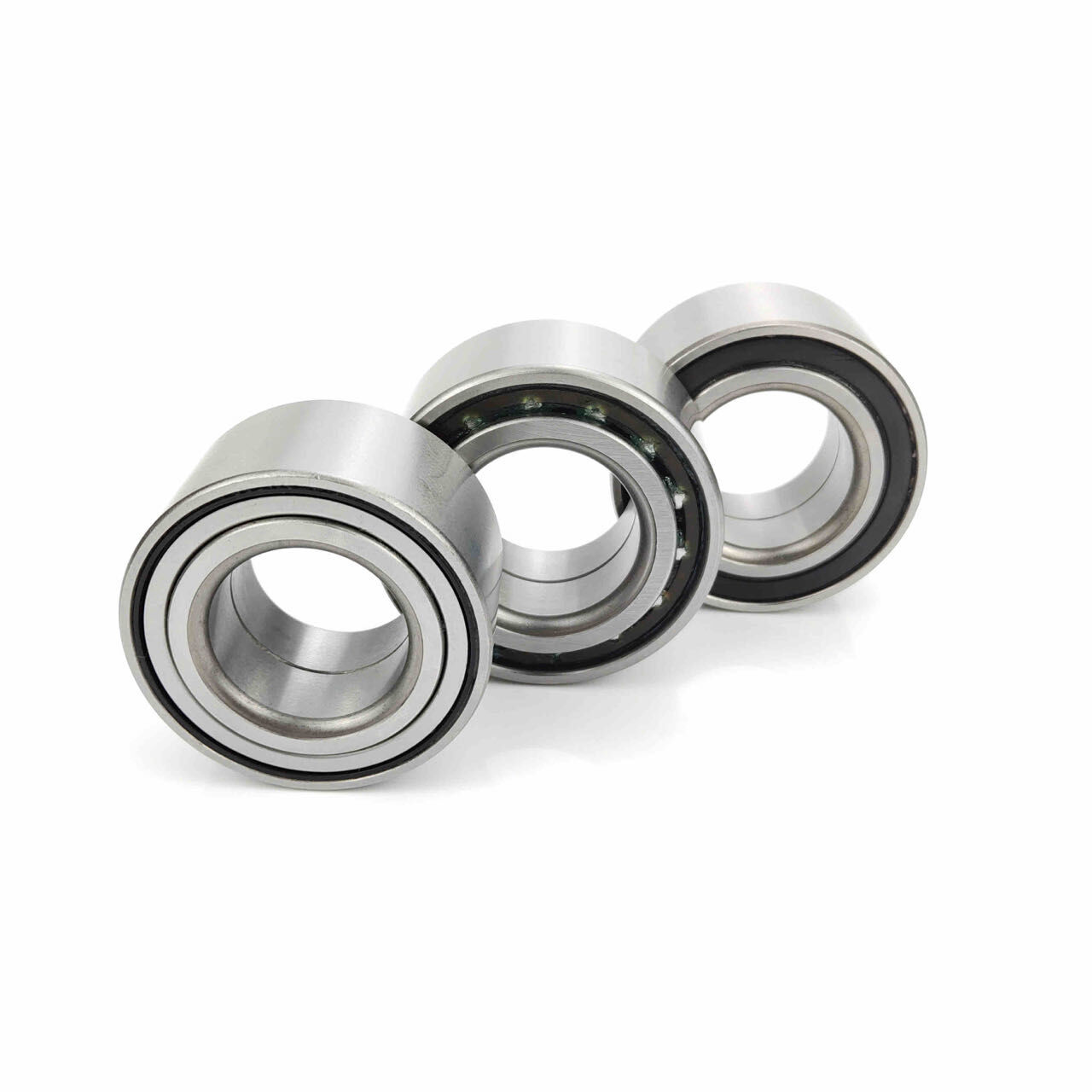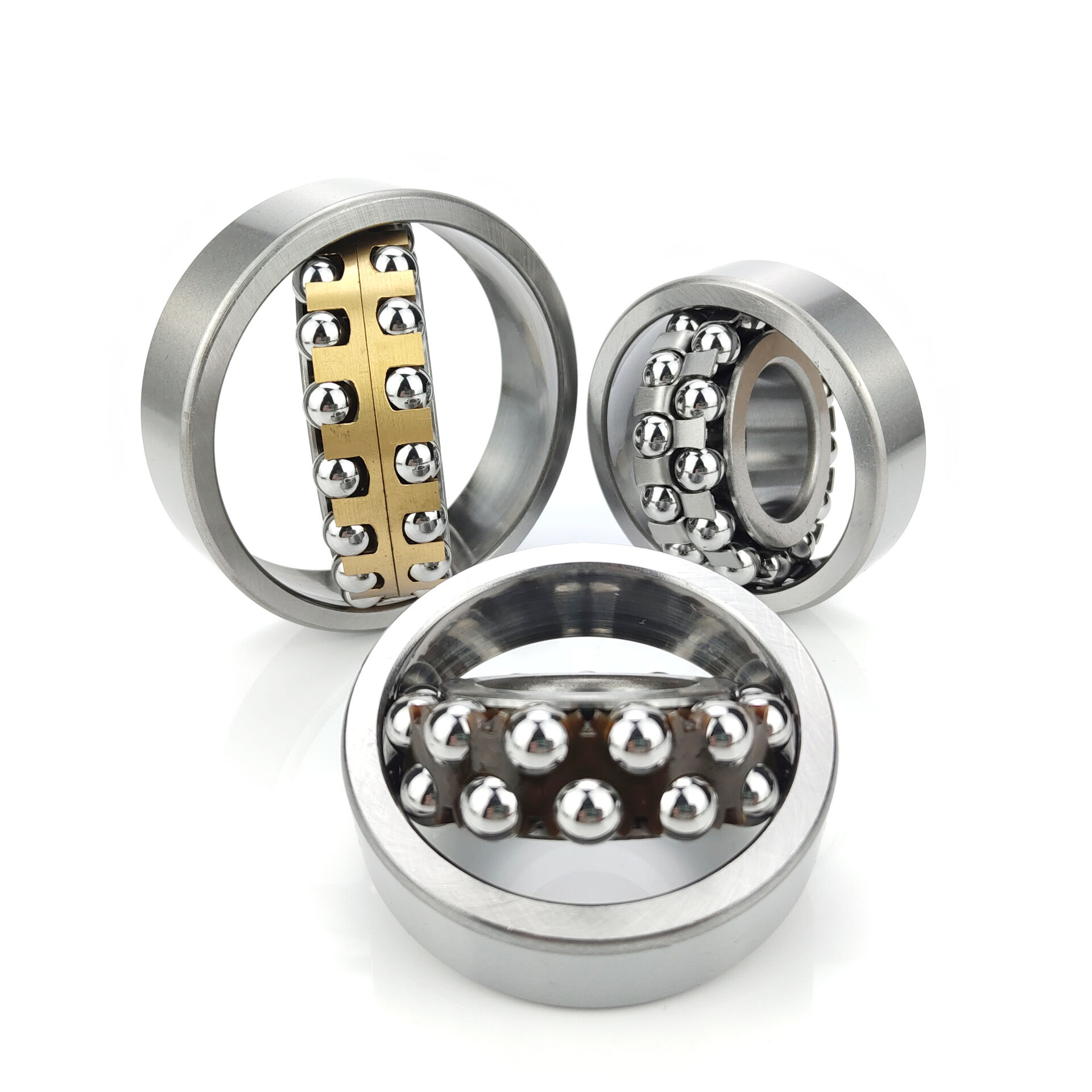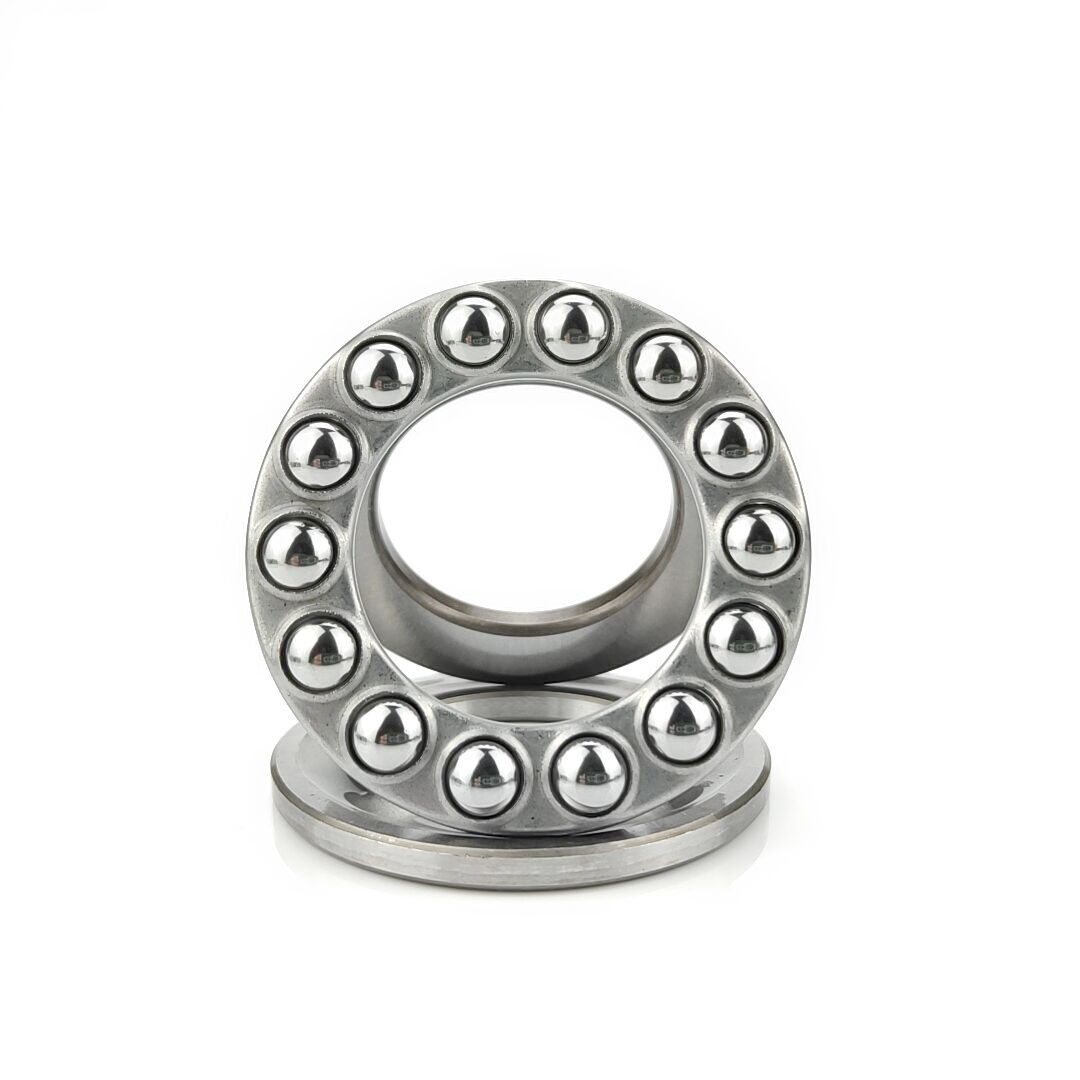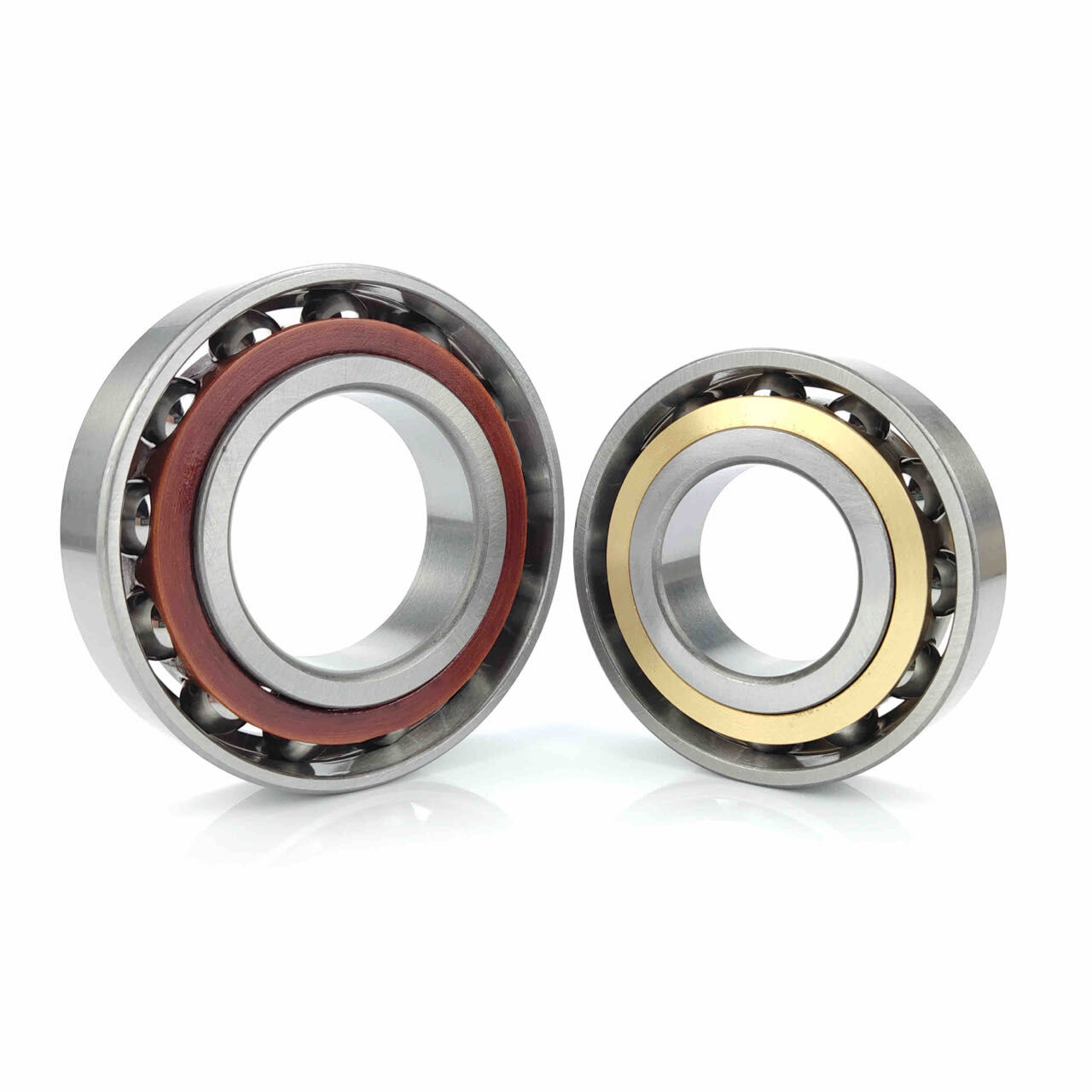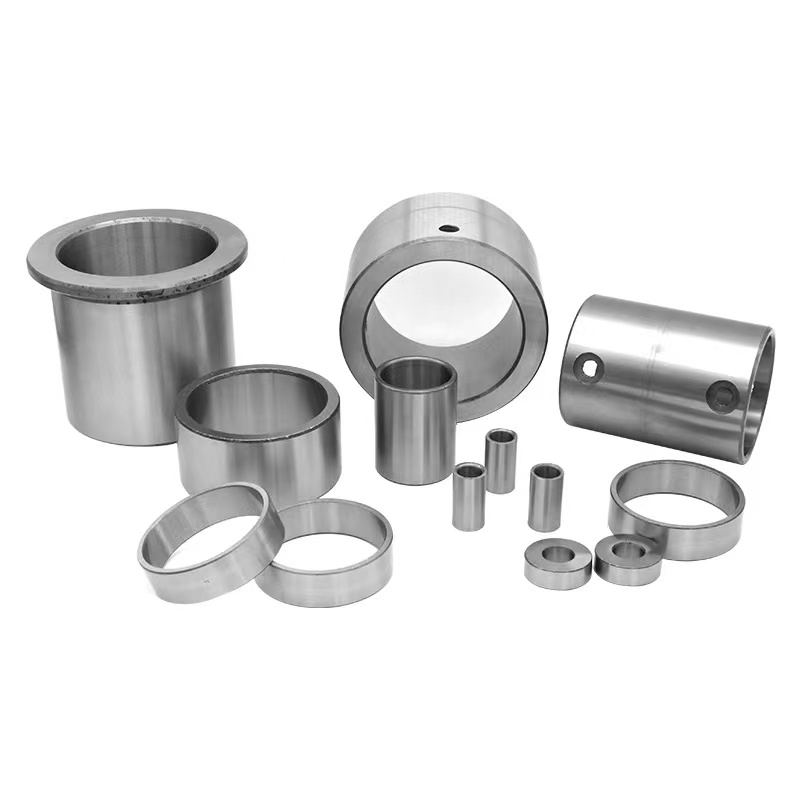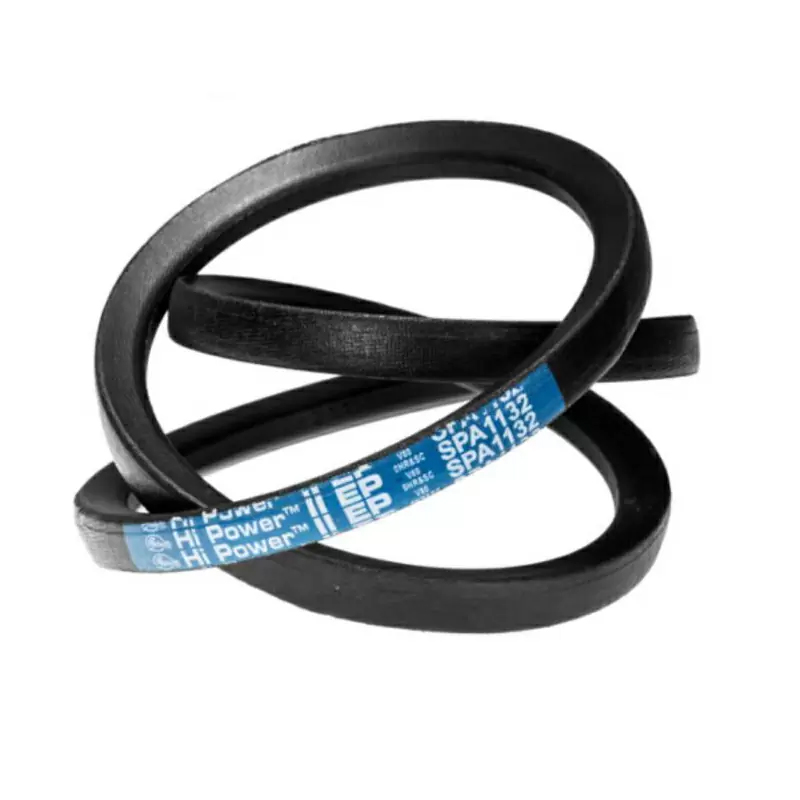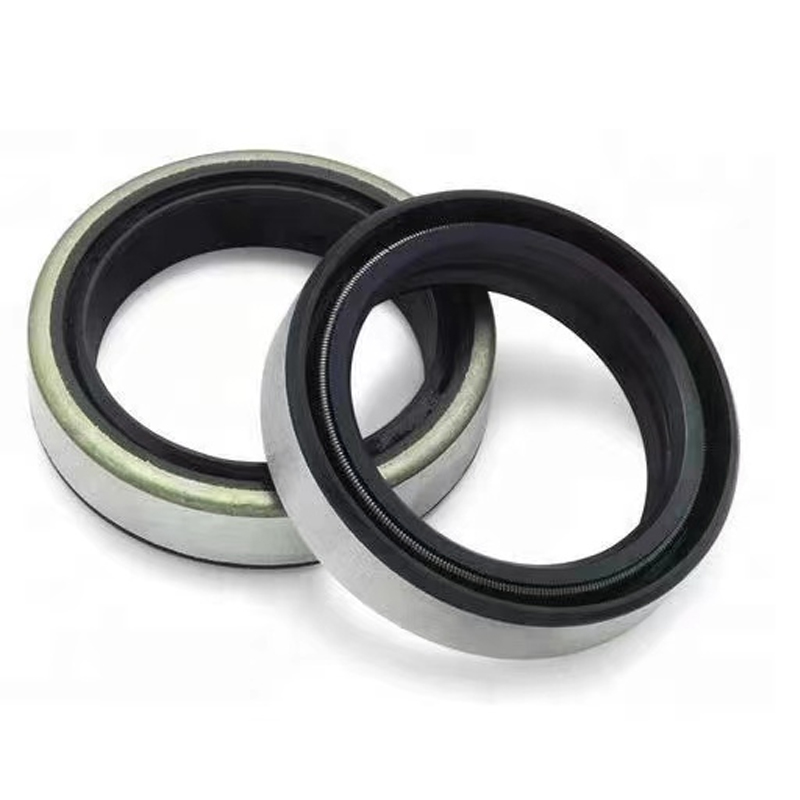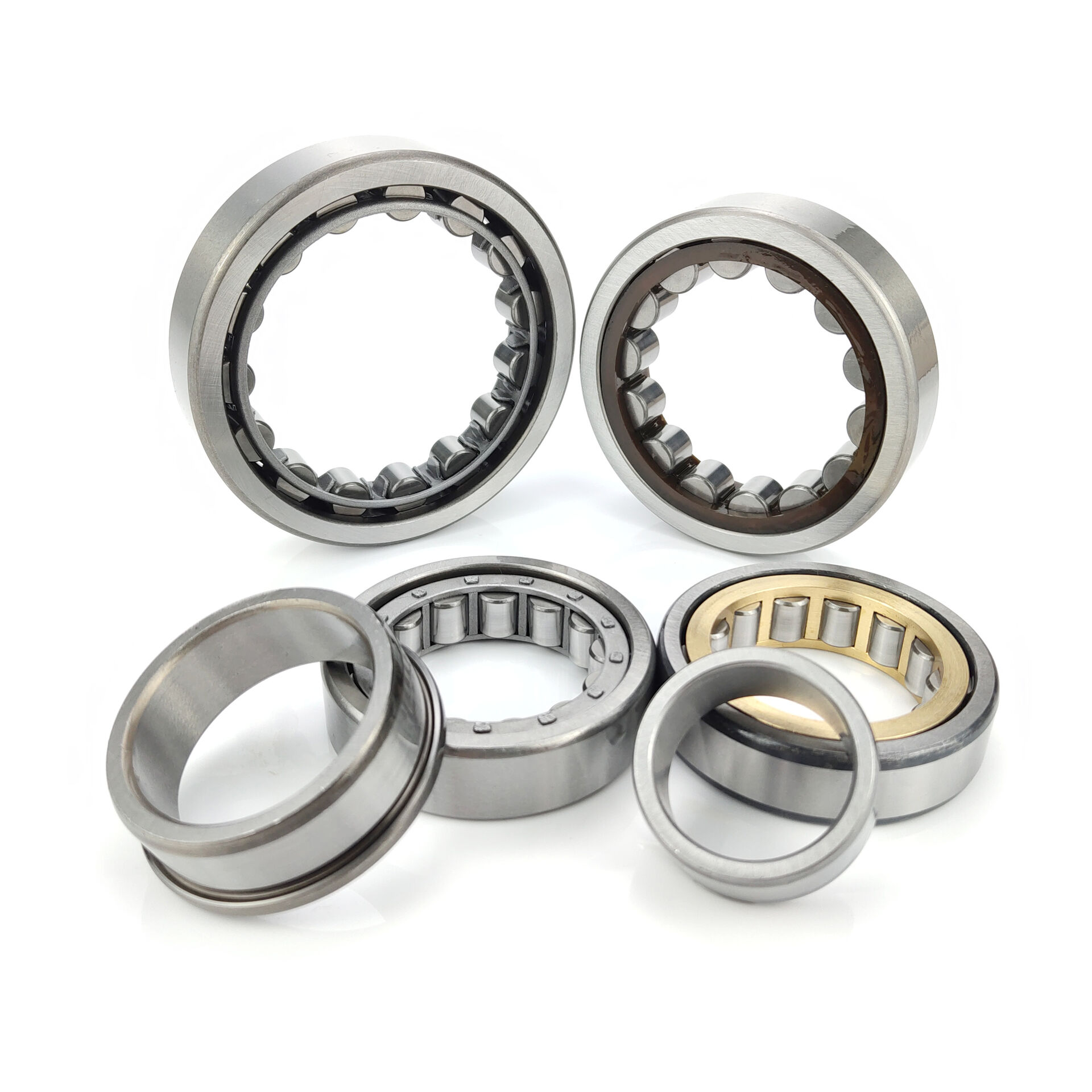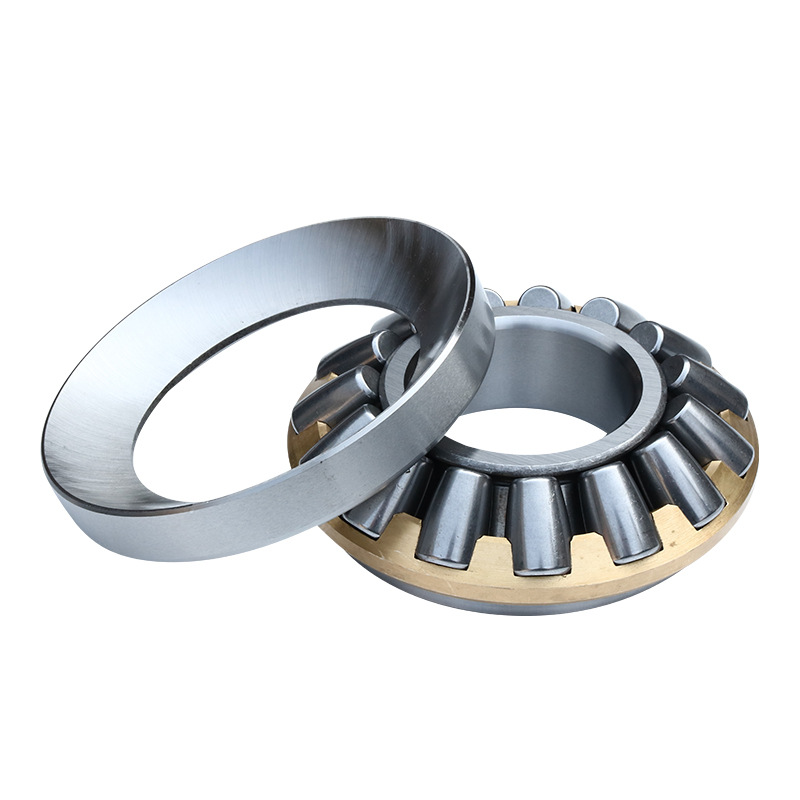Product Description
The belt pulley belongs to the hub type parts, generally relatively large in size, and the manufacturing process is generally based on casting and forging. Generally, the larger size is designed by casting method, and the material is generally cast iron (good casting performance), and cast steel is rarely used (steel has poor casting performance); generally smaller size can be designed as forging, and the material for steel. Pulleys are mainly used for long-distance transmission of power, such as the output of small diesel engine power, agricultural vehicles, tractors, automobiles, mining machinery, machining equipment, textile machinery, packaging machinery, lathes, forging machines, some small horsepower motorcycle power Transmission, agricultural machinery power transmission, air compressor, reducer, reducer, generator, cotton gin, etc.
Installation Method
1. Check the pulley groove to make sure there are no scratches or sharp edges, and all dimensions meet the standards;
2. Clean the surface of all parts, such as hub holes, taper sleeves, bolt holes, etc. Insert the taper into the pulley so that all the screw holes line up.
3. Apply oil to the screw (TB 1008-TB 3030) and thread (TB 3525-TB 5050) and screw it into the mounting hole, but do not tighten it temporarily.
4. Clean the surface of the drive shaft, push the pulley with the tapered sleeve to the predetermined position on the shaft, and check whether the V-belt pulley is aligned.
5. When using a keyway, it must first be inserted into the hub, and there must be a certain tolerance between the keyway and the bore hub.
6. Use a hexagonal wrench that conforms to DIN911 standard, alternately and gradually tighten each bolt in each mounting hole until the torque shown in the table below is reached.
7. After a short period of operation (0.5 to 1 hour), check the tightening torque of the bolts and retighten them if necessary.
8. In order to prevent the intrusion of foreign matter, fill the connecting hole of the hole with grease.
Message
Related Products
Chat Online








